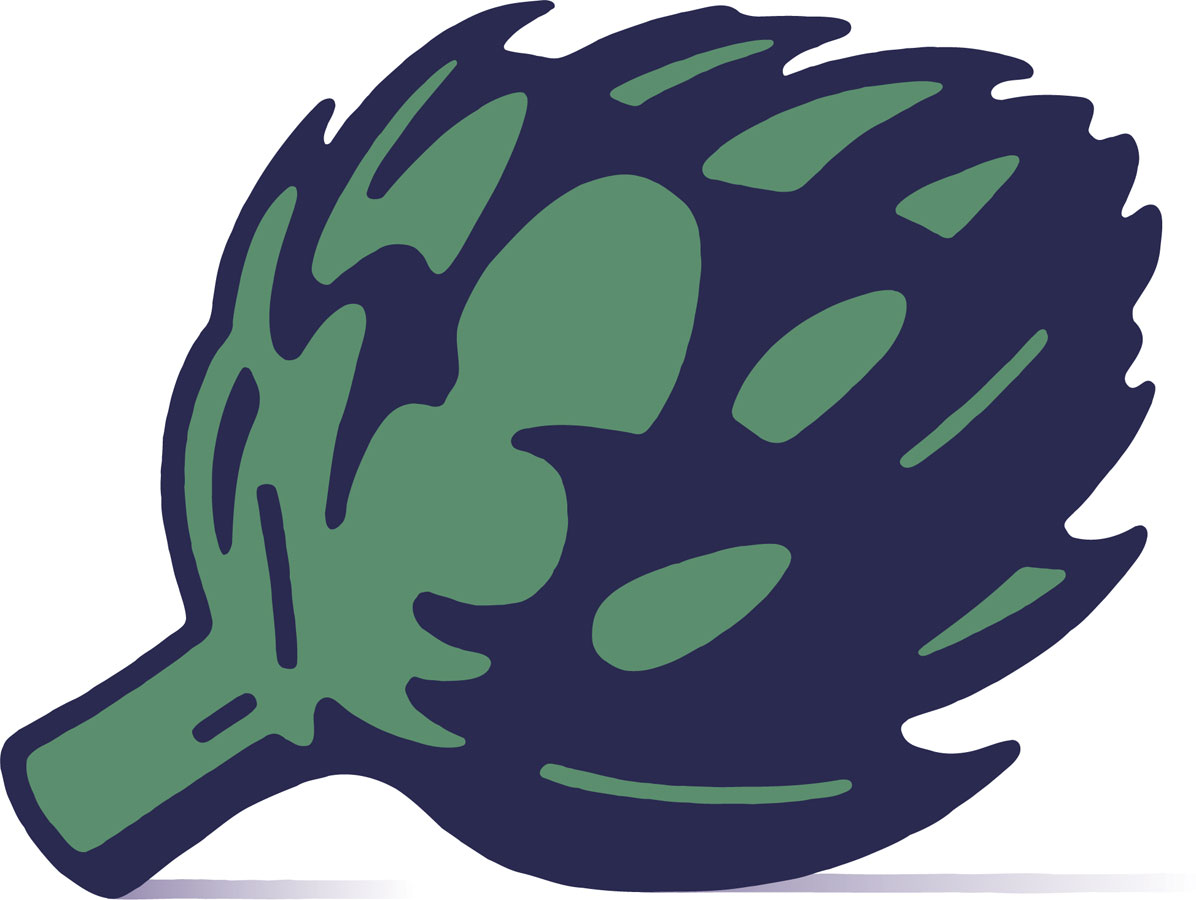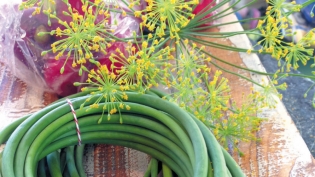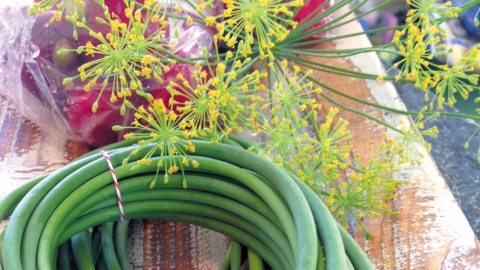Artichoke: The Official Thistle
Cynara cardunculus
It’s official: The artichoke is California’s state vegetable, a declaration made in April 2013 by Lieutenant Governor Gavin Newsom while Governor Jerry Brown was out of the country and Newsom was the acting governor.
I don’t know if Brown agreed, but to me it does seem an appropriate selection since California grows virtually 100% of the artichokes produced and consumed in the United States. Of that, Monterey Country (which also named the artichoke its official vegetable) produces 75% of the total production, the majority of that centered around Castroville, which has proclaimed itself the Artichoke Capital of the World.
Proclamations aside, the artichoke is a fascinating vegetable. It originated in the Mediterranean region, where it has been consumed for thousands of years and remains a commonplace vegetable. However, some of the artichokes of southern France and southern Italy are quite unlike the big, heavy globes we see in the markets here. There, you’ll find smallish, pointed leafed, purple artichokes on long stems, gathered into bundles of three to five. Sometimes the leaves have nasty thorns on them, a throwback to the original, wild species—a type of thistle.
These are the ones I grow in my garden in northern California—to the dismay of my husband, who favors the big, thornless types, like Green Globe. I like them because they remind me of Provence and because they are so pretty. The flavor of the heart is not too different from the Green Globe types, but the stems are milder.
If you didn’t grow up eating fresh artichokes, they might seem a little daunting. A fresh artichoke doesn’t at all resemble canned artichokes because the only part that is typically canned is the heart and a scant inch or so of the tender inner leaves surrounding the heart. Even the color is different; the heart and the innermost leaves are pale to chartreuse green because they are protected from the sun and, thus, from photosynthesis.
The fresh artichoke, either dark or bright green, or purple, resembles an armored pyramid or globe, with tightly overlapping leaves that must be trimmed back to reach the heart. The base of these leaves—anywhere from 1/2 to 1 inch can be eaten—is scraped off by biting the leaf between your teeth. The more leaves you remove, the closer you get to the heart. Depending upon the maturity of an artichoke, the heart may be surrounded by and even covered with thistles, resembling fine hairs, which must be removed before slicing into the tender, flavorful heart.
Artichokes are usually eaten cooked—steamed, most commonly—so the heart and bases of the leaves will be tender. However, in Provence, some restaurants also serve artichokes cru—raw. I have tried them raw, and I suppose it is an acquired taste that I have not developed. My neighbor in Provence, however, a market grower who is now deceased, loved to strip off the leaves, right in the garden, then slice up the heart with his knife.
I suggest cooking them first, and the simplest way is to steam them whole as I describe in the first part of my recipe here. Once steamed, you can gently separate the leaves to reach the heart, scoop out any thistles and small inner leaves, and fill the cavity with shrimp or a crab salad, for example. I also like to make a mixture of dried bread, parsley, garlic and minced tomato, well moistened with extra-virgin olive oil and vinegar, and stuff the cavity with that, as well as tucking some around the bases of the larger leaves. Or you may serve them simply steamed, accompanied by a vinaigrette, aioli or other sauce for dipping.
However you choose to cook them, now is the season to indulge in one of California’s singular vegetables. And the governor approves! Or at least the lieutenant governor…







